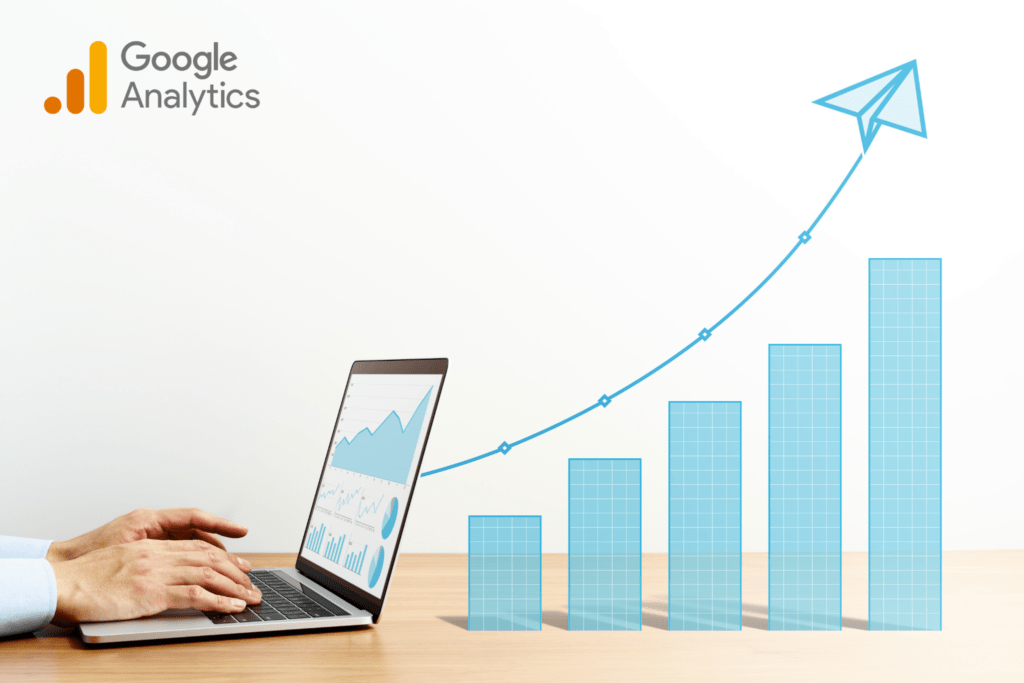Audience segmentation is crucial for creating personalized marketing strategies that resonate with specific groups of customers. By using advanced segmentation techniques, you can dive deeper into your audience’s behaviors and preferences, ensuring your messages hit the mark. Let’s explore these advanced techniques and how to leverage them effectively.
Real Questions and Worries
Before diving in, let’s address some common questions:
- “What are advanced audience segmentation techniques?”
- “How can these techniques benefit my marketing efforts?”
- “How do I implement them effectively?”
These are all valid concerns, and by the end of this guide, you’ll have a clear understanding of advanced audience segmentation techniques and how to use them to enhance your marketing strategies.
What is Audience Segmentation?
Audience segmentation is the process of dividing a broader audience into smaller, more specific groups based on various criteria. This allows marketers to tailor their messages and campaigns to meet the unique needs and preferences of each segment.
Keyword: audience segmentation
Benefits of Advanced Audience Segmentation
1. Personalization
Advanced segmentation allows for highly personalized marketing messages that resonate with individual audience segments, increasing engagement and conversion rates.
2. Improved Targeting
By understanding the specific characteristics and behaviors of each segment, you can target your ads and messages more effectively, reducing wasted spend and improving ROI.
3. Enhanced Customer Experience
Tailoring your marketing efforts to meet the unique needs of each segment leads to a more relevant and enjoyable customer experience, fostering loyalty and satisfaction.
4. Data-Driven Decisions
Advanced segmentation provides deeper insights into your audience, enabling more informed and data-driven marketing decisions.
Key Advanced Segmentation Techniques
1. Behavioral Segmentation
Behavioral segmentation divides your audience based on their interactions with your brand, such as purchase history, website behavior, and engagement with content.
- Purchase Behavior: Segment customers based on their buying habits, such as frequency of purchase, average order value, and product preferences.
- Engagement Level: Segment users based on their interactions with your website, emails, and social media channels.
- Usage Rate: Identify heavy, medium, and light users of your product or service.
2. Psychographic Segmentation
Psychographic segmentation focuses on the psychological aspects of your audience, including their values, beliefs, interests, and lifestyles.
- Values and Beliefs: Segment customers based on their core values and beliefs that align with your brand.
- Interests and Hobbies: Identify groups with common interests and hobbies that relate to your product or service.
- Lifestyle: Segment based on lifestyle choices, such as health-conscious individuals, outdoor enthusiasts, or tech-savvy consumers.
3. Demographic Segmentation
Demographic segmentation divides your audience based on quantifiable characteristics such as age, gender, income, education, and occupation.
- Age Groups: Target specific age ranges, such as Gen Z, millennials, Gen X, or baby boomers.
- Gender: Create targeted campaigns for men, women, or non-binary individuals.
- Income and Education: Tailor your messages based on income levels and educational backgrounds.
4. Geographic Segmentation
Geographic segmentation categorizes your audience based on their physical location, including country, region, city, and even climate.
- Country and Region: Target customers in specific countries or regions with localized content and offers.
- City and Neighborhood: Focus on urban, suburban, or rural areas based on their unique characteristics.
- Climate: Segment based on climate conditions, such as cold vs. warm regions, to promote relevant products.
5. Technographic Segmentation
Technographic segmentation groups your audience based on their technology usage and preferences.
- Device Usage: Segment customers by the devices they use, such as mobile, desktop, or tablet.
- Software Preferences: Identify users based on the software and platforms they prefer.
- Tech Savviness: Target tech-savvy individuals vs. those who are less familiar with technology.
6. Firmographic Segmentation
Firmographic segmentation is used in B2B marketing to categorize businesses based on characteristics such as industry, company size, revenue, and location.
- Industry: Target businesses within specific industries, such as healthcare, finance, or technology.
- Company Size: Segment based on the number of employees or annual revenue.
- Business Location: Focus on businesses in certain regions or countries.
Implementing Advanced Segmentation Techniques
1. Collect and Analyze Data
Gather data from various sources, including CRM systems, website analytics, social media, and third-party data providers. Analyze this data to identify patterns and trends that can inform your segmentation strategy.
2. Define Your Segments
Based on your data analysis, define clear and distinct audience segments. Ensure each segment is large enough to be viable and meaningful for your marketing efforts.
3. Create Detailed Buyer Personas
Develop detailed buyer personas for each segment, including demographic, psychographic, and behavioral information. These personas help you understand the unique needs and preferences of each segment.
4. Tailor Your Marketing Messages
Craft personalized marketing messages and offers for each segment. Ensure your content resonates with the specific characteristics and interests of each group.
5. Use Marketing Automation
Implement marketing automation tools to streamline the process of targeting and personalizing your campaigns. Automation can help with segmentation, email marketing, social media, and more.
6. Monitor and Adjust
Regularly monitor the performance of your segmented campaigns. Use analytics to track key metrics such as engagement rates, conversion rates, and ROI. Adjust your segmentation strategy based on performance data to continuously improve results.
Stories and Examples
The Online Retailer Example
Imagine you run an online retail store. Here’s how you might use advanced segmentation techniques:
Behavioral Segmentation
- Segment: Frequent buyers who purchase monthly.
- Message: Send exclusive offers and early access to new products to reward loyalty.
Psychographic Segmentation
- Segment: Eco-conscious consumers.
- Message: Promote your eco-friendly products and highlight sustainable practices.
Demographic Segmentation
- Segment: Millennials with high disposable income.
- Message: Showcase trendy, high-end products with a focus on quality and status.
Geographic Segmentation
- Segment: Customers in cold climates.
- Message: Promote winter apparel and accessories.
Technographic Segmentation
- Segment: Mobile users.
- Message: Create mobile-optimized ads and a seamless mobile shopping experience.
The SaaS Company Example
Or let’s say you own a SaaS company:
Behavioral Segmentation
- Segment: Users who frequently use advanced features.
- Message: Offer webinars and tutorials on maximizing advanced features to increase engagement.
Psychographic Segmentation
- Segment: Entrepreneurs and startup founders.
- Message: Highlight how your software can streamline operations and save time.
Demographic Segmentation
- Segment: Mid-sized businesses with 50-200 employees.
- Message: Focus on scalability and the ability to support growing teams.
Firmographic Segmentation
- Segment: Healthcare industry.
- Message: Showcase features that cater specifically to the needs of healthcare professionals.
FAQs about Advanced Audience Segmentation
1. How do I start with audience segmentation?
Begin by collecting and analyzing data from various sources. Identify patterns and trends to define clear and distinct segments. Develop detailed buyer personas to understand each segment’s unique needs and preferences.
2. Can I use multiple segmentation techniques at once?
Yes, combining multiple segmentation techniques can provide a more comprehensive understanding of your audience and improve the effectiveness of your marketing campaigns.
3. How often should I update my segments?
Regularly review and update your segments based on new data and changing customer behaviors. Continuous monitoring and adjustments ensure your segmentation strategy remains relevant and effective.
4. What tools can help with audience segmentation?
Tools like Google Analytics, CRM systems, and marketing automation platforms can help collect, analyze, and segment your audience data.
Wrapping It Up
Advanced audience segmentation techniques enable you to create highly personalized marketing strategies that resonate with specific groups of customers. By leveraging behavioral, psychographic, demographic, geographic, technographic, and firmographic segmentation, you can improve targeting, engagement, and overall marketing effectiveness.
Remember, the key to successful segmentation is to collect and analyze data, define clear segments, create detailed buyer personas, tailor your messages, and continuously monitor and adjust your strategy. Happy marketing!

